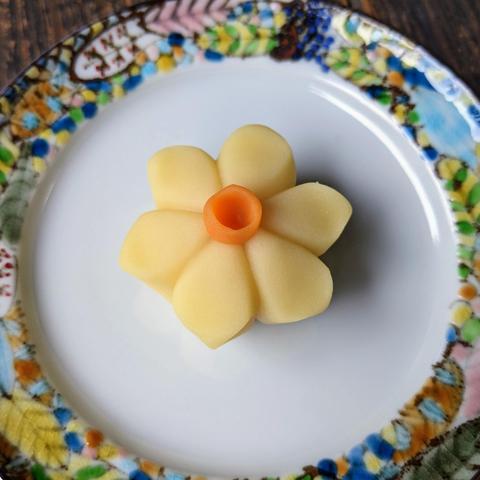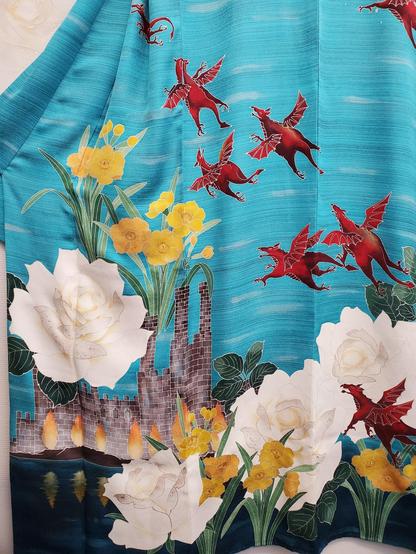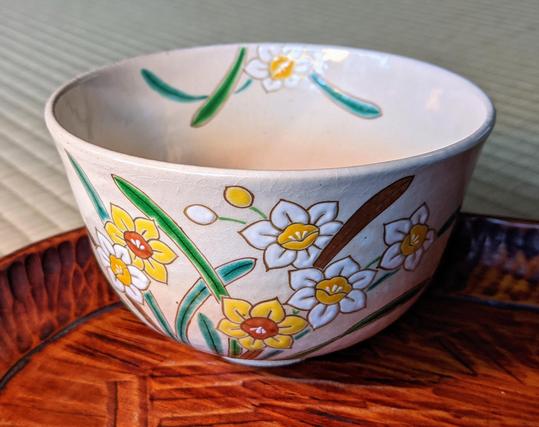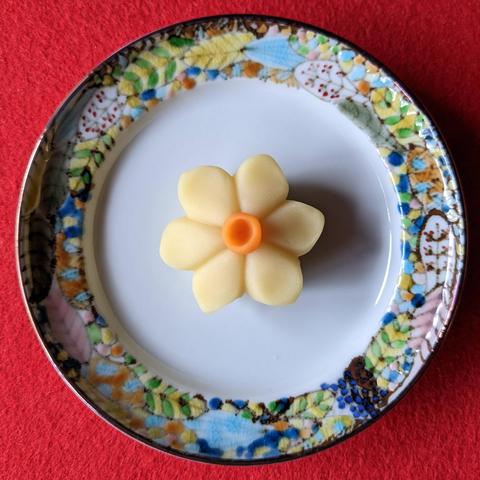FOUR FRIENDS OF THE SNOW
Daffodils, camellias, wintersweet and Japanese apricots are known as 'setchū-no-shiyū' (雪中四友), the 'Four Friends of the Snow'.
keeping company
with the plum tree-
the gate's last snow
梅の木の連に残るや門の雪
-Kobayshi Issa (小林一茶), 1822.
Trans. David G. Lanoue.
Offering colour at winter's end, it was believed that daffodils, camellias, wintersweet and Japanese apricots were at their most fragrant when it snowed.
Collectively known as the '4 Friends of the Snow', the 'setchū-no-shiyū' (雪中四友) were a particularly popular subject for Chinese painters.
Toward January's end guests are served 'rōbai' (蝋梅), named after the fragrant 'yellow wax plum' which blooms at this time of year. As the name suggests, the beehive-yellow blossoms look as if they have been carefully crafted from wax.
Known as wintersweet in English, rōbai were introduced to Japan from China in the 17thC.
They are not related to the Japanese plum.
Today's afternoon tea has a decidedly Welsh feel to it (naturally making me yearn for Welsh Cakes and Bara Brith).
Kameya Shigehisa's (亀屋重久) 'suisen' (水仙 'daffodil') would make a perfect St David's Day (聖デイヴィッドの日 - March 1st) accompaniment.





